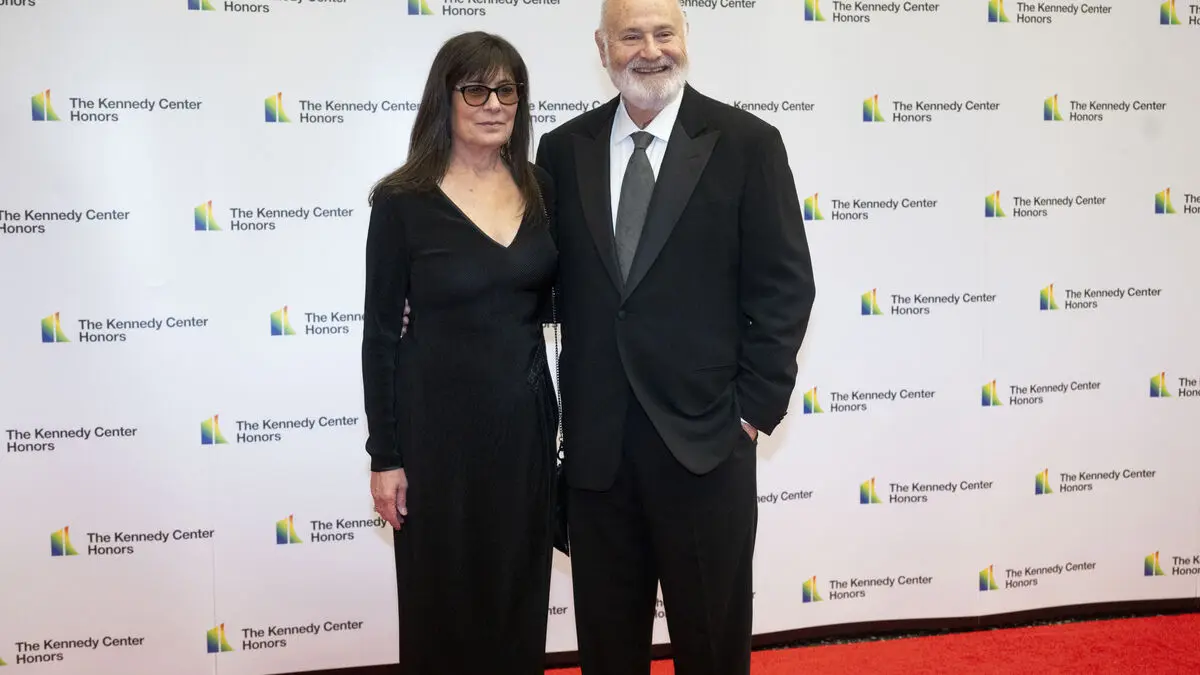"My view is that the forecast we had in September and confirmed in October holds up. We will have a decline in inflation towards the end of the year and after the end of the year," says Riksbank Governor Erik Thedéen to TT.
Inflation, as measured by the CPIF, was 3.1 percent in October, according to definitive figures from Statistics Sweden (SCB). This confirms the preliminary inflation figure from last week, which was unexpectedly high.
"Today I see it more as a notch in the curve. I don't think there is any other information that suggests that the underlying inflationary pressure has changed," says Thedéen.
Electricity price up 21.7 percent
Statistics Sweden's price statistician Filip Hellberg points out that food prices rose in October after two consecutive months of a downward trend. Among other things, ice cream and sweets are rising in price. On an annual basis, food prices rose by 3.7 percent.
Electricity also became more expensive, up 2.9 percent compared to September and by 21.7 percent compared to October last year.
The price increases are coming from many unexpected directions, according to Torbjörn Isaksson, chief analyst at Nordea.
"It was a little more than we thought and that may indicate slightly higher inflationary pressures than expected. But these are small deviations we are talking about," he says.
Amanda Sundström, fixed income strategist at SEB, thinks we should keep a close eye on the unexpected increase in service prices. She believes it reflects that Swedish households have more money left in their wallets, which is dampening demand.
If we choose to spend that money on, for example, traveling, it may show up in price increases. It's worth keeping an eye on. But there's no reason to worry today.
“Inflation will go down”
Like Isaksson at Nordea, she believes inflation is temporarily elevated and will fall next year.
We still believe that inflation will fall towards 1 percent in 2026.
And she believes that the Riksbank is waiting for the important January inflation before giving new monetary policy signals – compared to the latest announcement of an unchanged key interest rate of 1.75 percent for quite some time.
The Riksbank will receive the January statistics in February. And then it is at the interest rate meeting in March that we can get any real change in monetary policy. I find it difficult to see anything happening before then.





